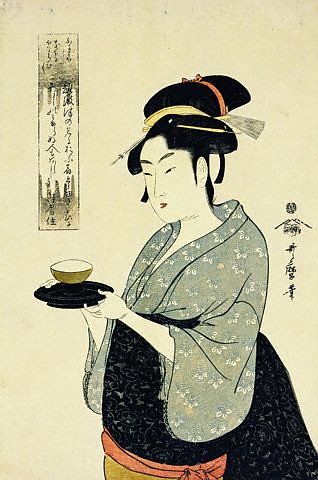Formations of the modern movement
This time is the border between romanticism and modernity. Time for experiments, exploring, and breaking the rules. Time that set the beauty as the ultimate sense of the art (and probably the life) and the same goes beyond it. The deifying turns in exhaustion.
Historical events:
1896 Olympic games revived in Athens.
1889 Vincent Van Gogh paint his self-portrait
1890 The Picture of Dorian Grey is published (Oscar Wilde)
1901 The radio is used as a device for messages.
1903 First airplane fly.
1905 The Paris Subway
1905 Vladimir Lenin support the Russian revolution.
Styles related with the period:
Art Neuveau:
An echo of the Victorian era and influenced by Art and Craft Movements. It is characterized by organic forms, stylized floral ornaments, decorative, flowing curves, female forms, eroticism, rejection of realism.
Alphonse Mucha - Czechoslovakian who moved at Paris in 1890. He is one of the symbols of French Art Nouveau. After the WWI he returns in Czechoslovakia and start the Slavic Art and Crafts movement.





Ivan Bilibin - russian artist influenced by Art Nouveau. He is one of the emblematic artist for the Russian Folk Art Movement. His works illustrate folk tales.



William Morris - Art and craft movement, well known with his fabric patterns, modernization of antique type fonts


Leopoldo Metlicovitz


Jugendstil:
the german equivalent of Art Nouveau
Gustav Klimt


Ukiyo-e - "the floating world"
Japanese style of woodcuts and paintings. It depicts landscapes, historical events, scenes of pleasure. In fact many of Ukiyo-e works are advertisements of tea houses, theaters, restaurants - places for pleasure.
Utamaro
"Teahouse waitress serving cup of tea"

Decadence and Aestheticism
One of the most debatable art movements. They both (as well the symbolism) has their roots in The Romanticism. They both escape from the reality.
Decadence as they say is "the dark side of Romanticism. " (Karl Beckson) It shows the decay of the moral and opens taboos like death, depression, deviation.
Aestheticism set the beauty in the center. The sensuous pleasure become most important. Art for the art's sake. The beauty is in cult.
References:
http://www.fontcraft.com
http://www.ukiyo-e.se/
http://en.wikipedia.org/wiki/Art_Nouveau

No comments:
Post a Comment